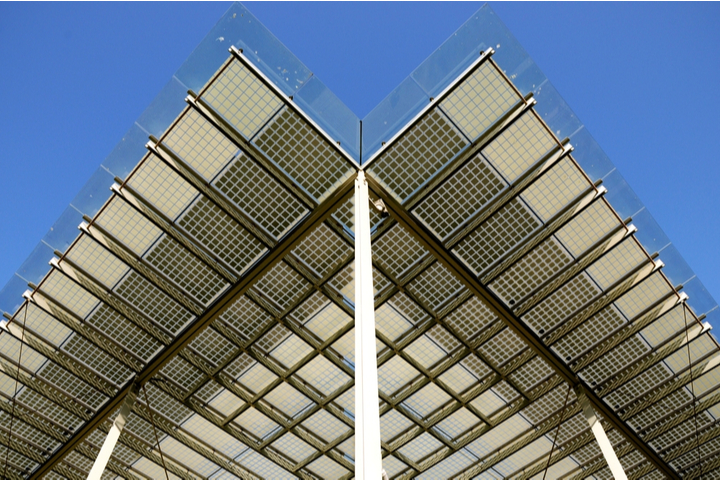Advent of Novel Technologies Boosts The Adoption Of Solar Shading System

4 Mar
2020
Solar shading systems help eliminate the permeation of sunlight into the building, offering a sophisticated shield against the overheating of residential and commercial spaces. Moreover, these systems are robust architectural solutions for solar radiation.
In a nutshell, solar shades are a type of window treatment that protects the interior of a building by reflecting sun rays instead of penetrating through the window. Along with this benefit, solar shading entirely changes the look of the building due to its spectacular design influence. According to Allied Market Research, the solar shading systems market is expected to reach $14.53 billion by 2026, growing at a CAGR of 3.6% from 2019 to 2026. That’s because of rising in spending on home remodeling and retrofitting activities, need for the beautification of the building, and developments in fabric material.
Benefits of solar shading systems
Although daylighting limits electrical lighting, it can strain HVAC systems and cost occupant comfort. On the other hand, the incorporation of automated shading systems could change your lifestyle. However, the installation of a solar shading system depends on multiple characteristics such as glaring brightness, heat transfer, and solar orientation.
The installation of solar shading systems is proved to reduce costs by at least 15% and improve productivity and comfort. In addition, some systems are UV resistant, flame retardant, and some are made from antimicrobial materials.
Advent of novel solar shading systems
Technal, the architectural aluminum extrusion-based solution provider, recently launched its new brise soleil sun shading system in Ireland. The new system offers highly proficient solar control along with the premier standards of architectural aesthetics.
As per the company, the Suneal system would be addition to the company’s façade that would protect from glare from the sun. Moreover, it controls solar gain, optimizes natural light and enhances any building envelop with its appealing appearance.
The company stated in its press release that the solution improves the building’s thermal performance using its passive solar protection. This reduces the dependability on mechanical cooling systems and in turn, significantly reduces energy consumption. In addition, it enables high levels of natural light into the building and has photovoltaic blades for the supply of renewable energy to the building while offering effective solar control.
Prior to this, another company that offers solar shading solutions, Guardian Glass unveiled a new, reliable, cost-effective, integrated shading solution for doors and windows. The solution would be available in a fully-integrated blackout shade version and would be followed by privacy and solar glare control versions.
The solution is adaptable and self-contained within double as well as triple insulating glass unit. Moreover, the product was subjected to various mechanical failures that are commonly witnessed with integral blind solutions. The solar share gets activated within a second by passing a small current through conductive layers. This creates an electrostatic attraction between glass surface and thin shade. What’s more, it demands low power and does not even need to be hard-wired into the main power supply.

Koyel Ghosh
Author’s Bio- Koyel Ghosh is a blogger with a strong passion and enjoys writing in miscellaneous domains, as she believes it lets her explore a wide variety of niches. She has an innate interest in creativity and enjoys experimenting with different writing styles. A writer who never stops imagining, she has been serving the corporate industry for the last five years.
Avenue: Entire Library membership of Allied Market Research Reports at your disposal
- Avenue is an innovative subscription-based online report database.
- Avail an online access to the entire library of syndicated reports on more than 2,000 niche industries and company profiles on more than 12,000 firms across 11 domains.
- A cost-effective model tailored for entrepreneurs, investors, and students & researchers at universities.
- Request customizations, suggest new reports, and avail analyst support as per your requirements.
- Get an access to the library of reports at any time from any device and anywhere.
Related Post
-
How are Submarine Cables Transforming Global Connectivity with Enhanced User Experience?
-
Endoscopy Procedures: Transformations in Techniques and Applications
-
AI-Powered Video Analytics: How the Product Actually Works for enterprises
-
Painting Robots: Transforming Precision Coating and Creative Applications
-
Innovations in Pharmacovigilance Systems Advancing Patient Safety
-
Understanding Edge Security: Keeping Data Safe Near the Source
-
Exploring the Use and Advancements of 3D Laser Scanners in Professional Applications
-
Reinforcing Industrial Controls with Smarter Tools and Training








